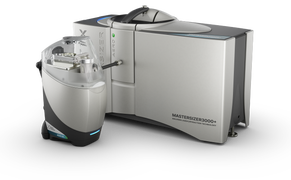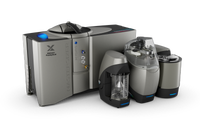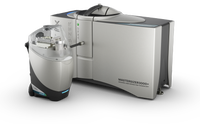Mastersizer 3000+ Ultra
The most advanced Mastersizer system to date. World leading sizing performance meets highly intuitive software and innovative data evaluation tools.
Features include
- Particle size range from 0.01 to 3500 µm
- Automated dispersion
- Advanced method development
- Intelligent data quality assessments
- Machine learning data evaluation tools
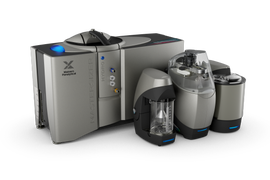

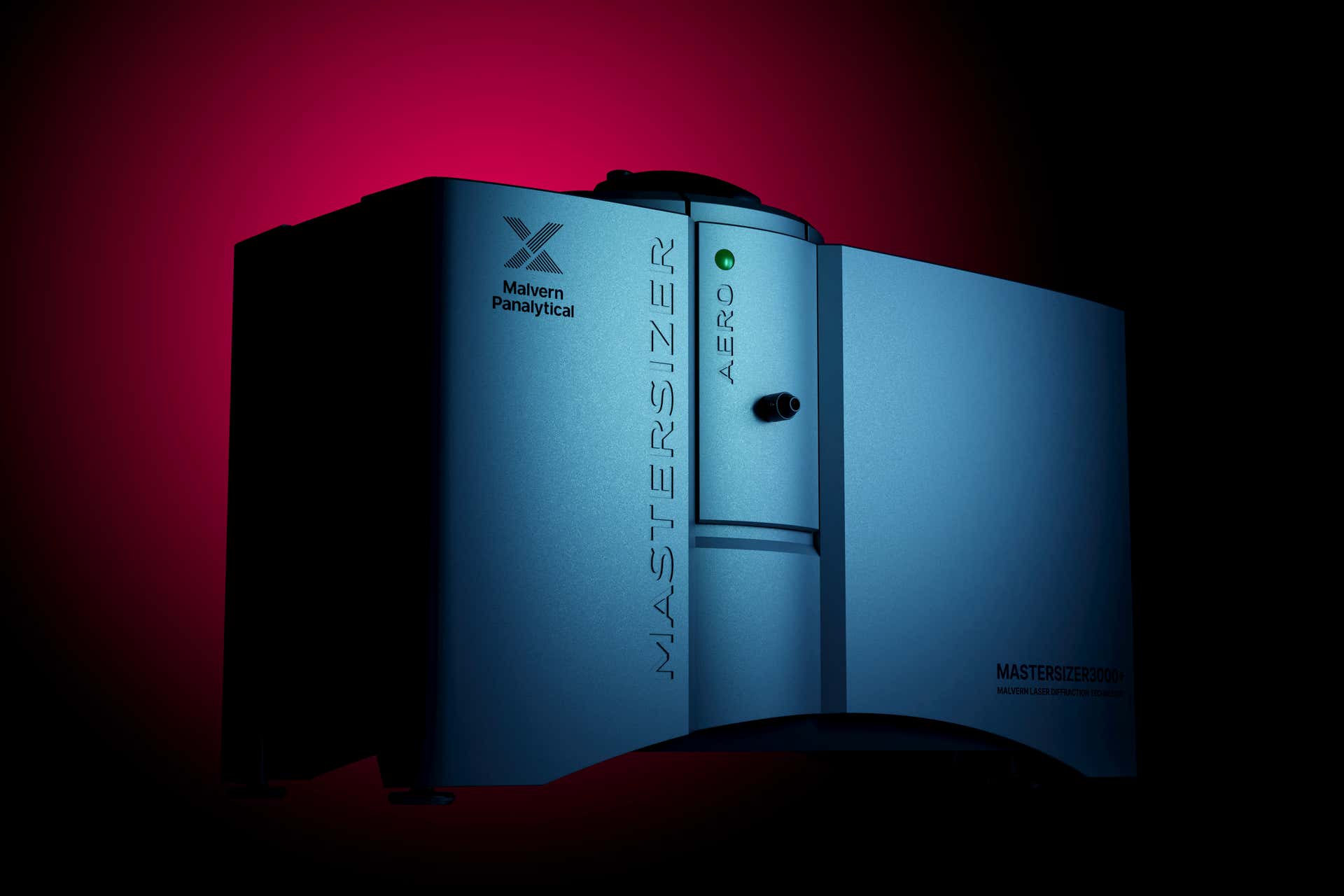
 Works with
Works with 